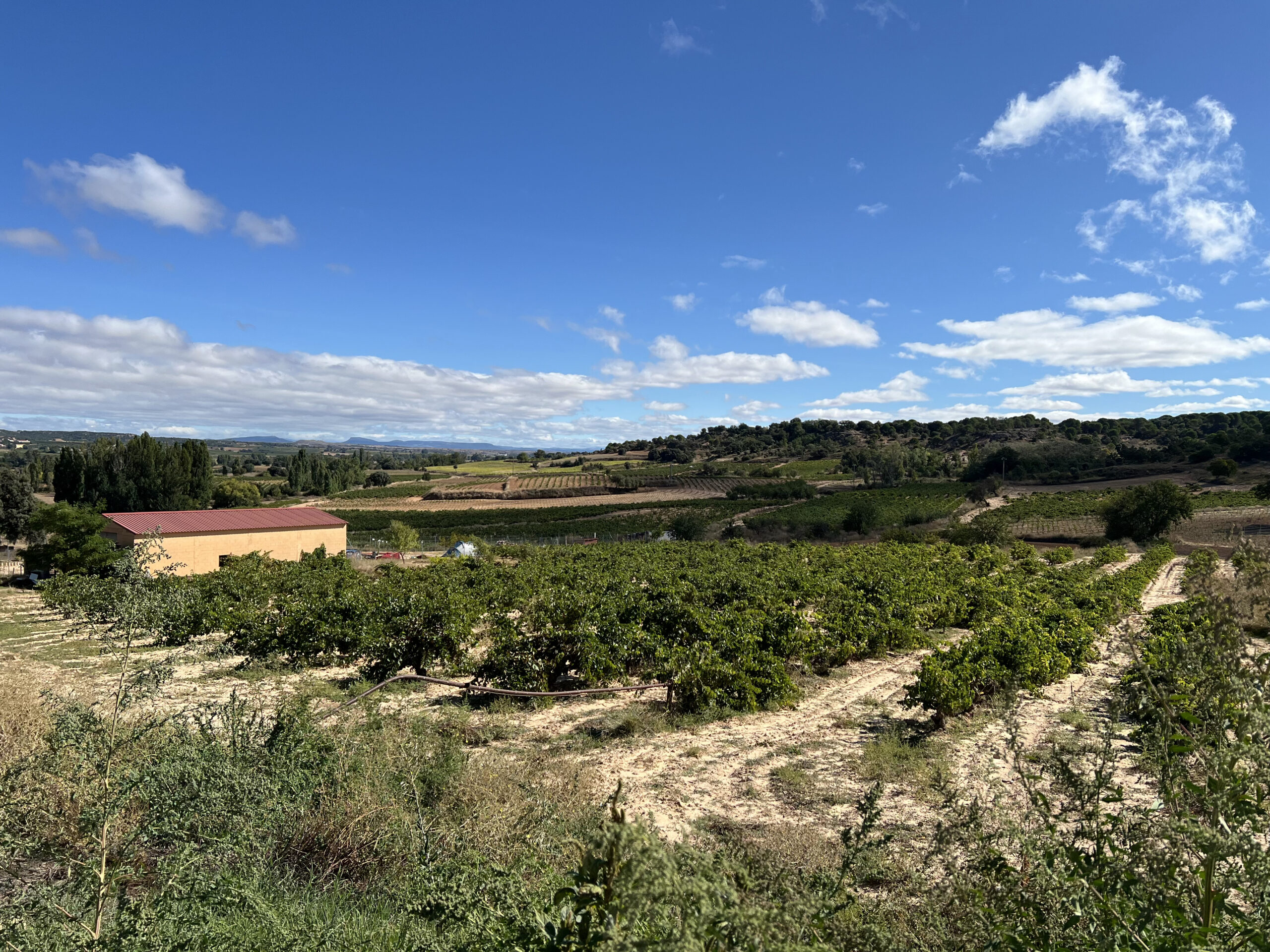
Rick Anderson
Rick (he/him) started back in the family business just as it was about to undergo a major expansion. His first memories of the building go back to the mid-70s when his dad put him in an empty beer box and rode him up and down the conveyor belt. He worked on-and-off through his teenage years, dusting bottles, stocking shelves and bagging ice. His wine cabinet is dominated by pinot noirs and Piedmontese reds. If he were not working here, he would be looking for new excuses to travel to wine country.
Back in September, I was able to join a select group of buyers on a trip sponsored by the trade association of Ribera del Duero in Spain. On this trip, we had the opportunity to visit several producers and really begin to understand how the region developed into what it is today.
The type of producers ran the gamut of size and sophistication, from tiny little Dominio del Aguila which operates out of a winery no larger than a child’s bedroom in a Minneapolis bungalow to Vega Sicilia, an internationally-celebrated producer with such an obsession to every detail that they are one of only a few wineries in the world that have their own cooperage on site.
The thing that ties them all together was the importance of the Tempranillo grape and the difficulty of farming on the lands around them.
Tempranillo, or Tinto del Pais, is the seminal varietal of Spain; the calling card of the nation’s viticulture. It is a noble varietal that can express itself in a wide variety of ways depending on decisions made in the vineyard as well as techniques employed at the winery. It can be potent, full-bodied, and tannins that will take a handful of years (or more) to be drinkable. However, it can also be light and fruity, a delightful summer-sipper when served with a slight chill. It can be spicy, smoky, fruity, or creamy. It can even be many of those things as one time!
This sort of variety makes it a bit of a chameleon in the wine world, or even a Rorschach test. And perhaps it is this variability that makes it paradoxically both very popular and difficult to buy.
Basically, if you’ve had one Tempranillo… you’ve had ONE Tempranillo. So how to decide? Here are a few examples that will let you see the incredible variation that can be achieved by this storied grape:
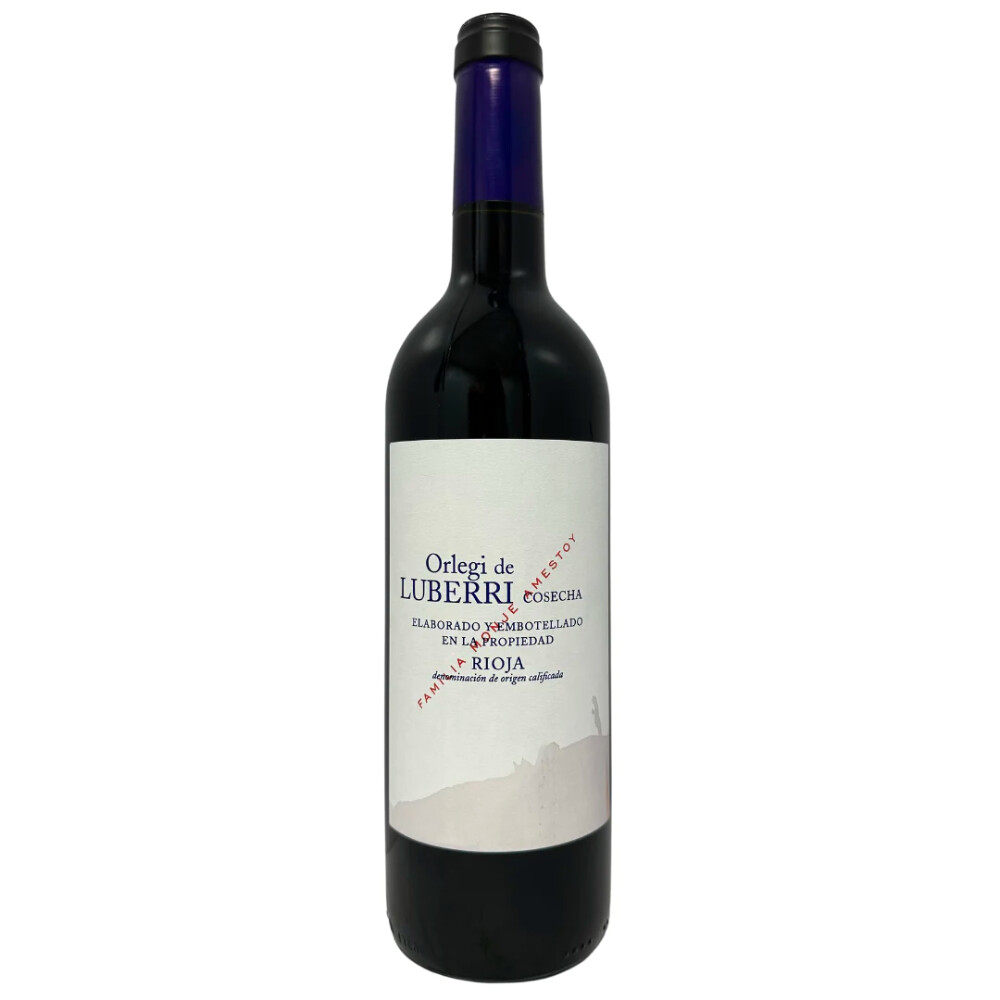
Light and Fruity: Orlegi de Luberri Rioja ($15.99)
Orlegi de Luberri Rioja is made using carbonic maceration, a winemaking process that accentuates the fruit and downplays the tannins. This is the kind of wine you can put a slight chill on and enjoy in warmer weather, or just serve it like any red wine and enjoy it with delicate or lighter fare.
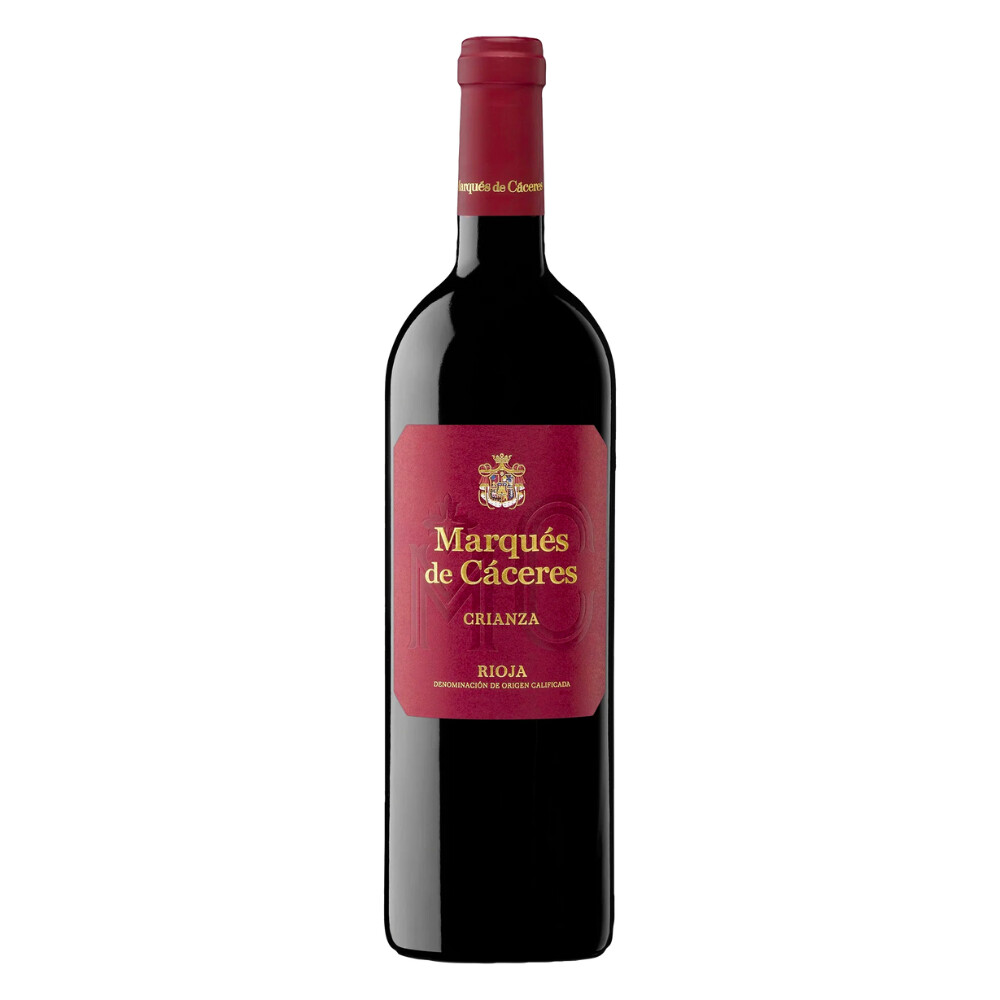
Crowd-pleasing: Marques de Caceres Rioja Crianza ($14.99)
Marques de Caceres Rioja Crianza is one of the “big” producers in perhaps the best-known regions for this varietal. But don’t let their size put you off, because they are positively obsessed with quality and are an important buyer of fruit from small producers throughout the region. This wine is a great choice at a party since it ticks many of the same boxes as a California Cabernet but at a nice discount versus products of similar quality.
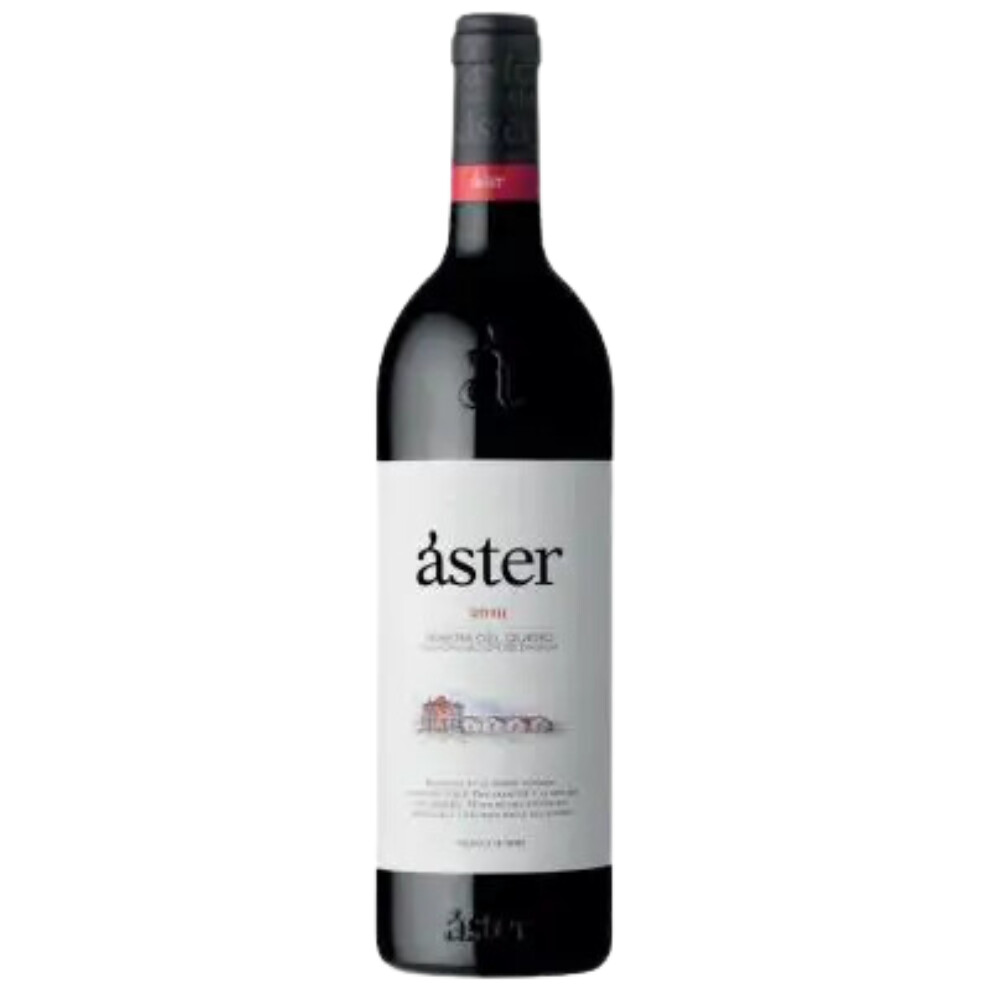
Fuller-bodied and complex: Aster Ribera del Duero Crianza ($29.99)
Aster Ribera del Duero Crianza is a great example of just how powerful a Tempranillo can be. There’s a fair dollop of oak on this wine but it’s well balanced against the grippy tannins, rich fruit and bright acidity. It’s a great choice with red meats and braises, though also fruity enough to stand up as a gutsy cocktail wine.
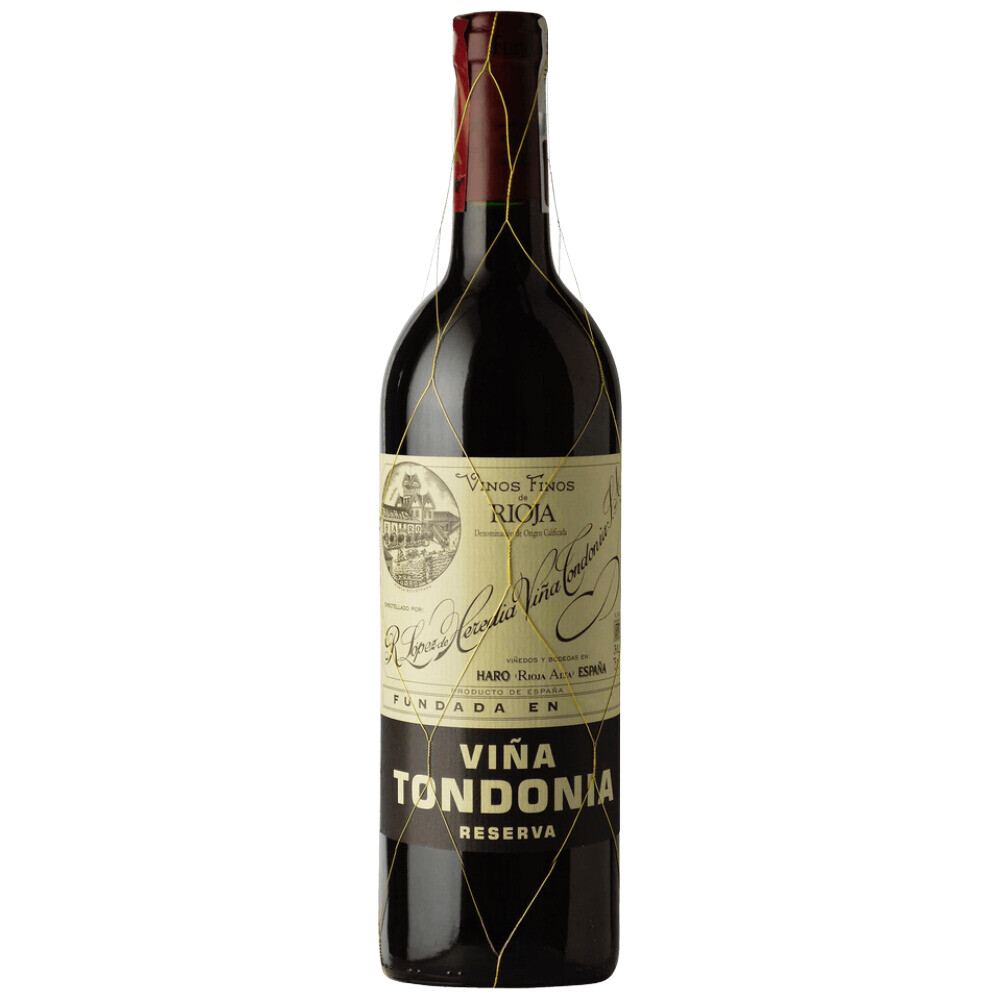
Old-school Cool: Lopez Heredia Vina Tondonia Rioja Reserva ($54.99)
Lopez Heredia Vina Tondonia Rioja Reserva is a good example of the joke, “If you want to know how wine was made in Rioja a hundred years ago, check out Lopez Heredia ten years from now.” This wine is a rarity in the industry. They make no concessions to modern trends. The wines are made in a style that is almost impossible to find these days. For one thing, they hold wine far longer than almost anyone else does. Where regulations in Rioja would allow for the release of a wine from the 2021 vintage, the current release of this bottle is from 2011—a full decade longer, totaling thirteen years of aging. As a result, you get a lot more maturity and complexity. Lopez-Heredia is a veritable unicorn in the wine world. Its leaner, more “gastronomic” style is not for everyone, but it is definitely one of the last wineries that are both true to their origins and are still within the realm of affordability for us “mere mortals.”
